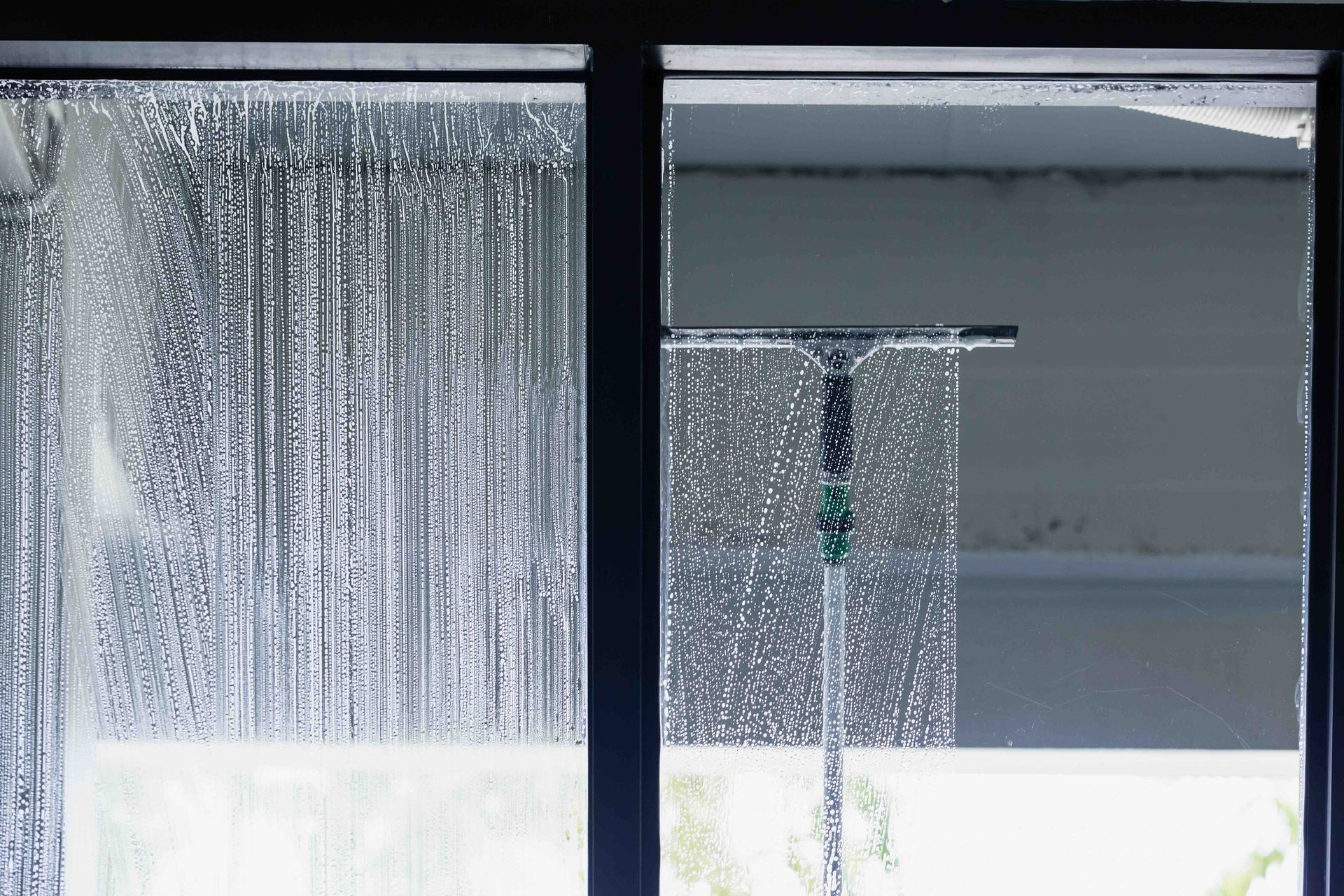How to Check for Toxins in Your Home
Homes in Grand Rapids, MI, and surrounding areas should be sanctuaries of health and well-being. However, many of us unknowingly expose ourselves and our families to harmful toxins that can have long-lasting health effects.
From cleaning products to building materials, toxins can lurk in unexpected places. In this comprehensive guide, we will explore twenty practical ways to check for toxins in your home and take steps to create a healthier living environment for you and your loved ones.
Assess Air Quality
Check your indoor air quality with a device to test the levels of pollutants in your home's air, such as VOCs, radon, and carbon monoxide. Issues with breathing and allergies can be triggered by poor indoor air quality.
In order to maintain a healthy home environment, regular air quality checks are required. You can find probable sources of indoor air pollution by performing a visual investigation of your home. Poor air quality may be caused by mold, humidity, or water damage; therefore, it's important to inspect for these issues.
Ventilation Inspection
Ensure that your home is adequately ventilated. Proper ventilation helps reduce indoor air pollution. Regularly clean or replace air filters in your HVAC system, and consider installing an air purifier.
Check for Mold and Mildew
Mold and mildew can release harmful spores into the air. Inspect your home for any signs of water damage, leaks, or moisture buildup. Address these issues promptly, and consider using a dehumidifier in damp areas.
Checking for mold and mildew at home is essential because their presence can negatively impact indoor air quality and pose health risks. Start by visually inspecting your home, paying attention to areas prone to moisture and dampness. Look for visible signs of mold, such as black or green spots on walls, ceilings, floors, or other surfaces. Check areas like bathrooms, kitchens, basements, and areas affected by water leaks or condensation.
Test for Radon Gas
Radon is a colorless, odorless gas that can seep into your home from the ground. Test your home for radon using a radon testing kit, which is readily available at most home improvement stores.
Examine Paint and Finishes
If your home was built before 1978, it may contain lead-based paint. Check for chipping or peeling paint and have it professionally removed if necessary. Look for low-VOC or VOC-free paint options for future projects.
Inspect Flooring Materials
Some flooring materials, like older carpets, may emit toxins over time. Consider replacing old carpets with eco-friendly options like bamboo or hardwood. If you choose carpet, select low-VOC carpeting.
Assess Furniture and Upholstery
Check furniture and upholstery for any tags indicating the use of flame retardants or other chemicals. Choose furniture made with natural, non-toxic materials, or use furniture covers to reduce exposure.
Evaluate Cleaning Products
Most conventional cleaning products contain harmful chemicals. Switch to natural, non-toxic alternatives, or use simple ingredients like vinegar, baking soda, and essential oils.
Kitchenware and Cookware
Assess your kitchenware for potential toxins. Replace non-stick cookware with stainless steel, cast iron, or ceramic options, and avoid using plastic containers for hot foods.
Water Quality Testing
Have your water tested for lead, pesticides, and heavy metal contaminants. Consider installing a water filtration system to ensure clean, safe drinking water. Testing the water quality at home is a valuable step to ensure your drinking water is safe and free from contaminants. Purchase a water testing kit specifically designed for home use. These kits typically come with test strips or reagents that can detect parameters such as pH, chlorine levels, hardness, alkalinity, and specific contaminants like lead, bacteria, or pesticides. Follow the instructions provided with the kit to perform the tests accurately.
Check Personal Care Products
Review the ingredients in your personal care products, such as shampoo, soap, and cosmetics. Opt for products with natural, organic ingredients and avoid those with parabens, phthalates, and synthetic fragrances.
Assess Household Pests
Use non-toxic methods to control household pests instead of chemical pesticides. Seal cracks and crevices and keep your home clean to prevent infestations.
Evaluate Building Materials
If you're renovating or building, research eco-friendly building materials. Consider certifications like LEED (Leadership in Energy and Environmental Design) to ensure your project uses sustainable, toxin-free materials.
Check for Asbestos
Older homes may have asbestos-containing materials. If you suspect asbestos, have it inspected by a professional. Avoid disturbing asbestos-containing materials, which can release harmful fibers into the air.
Checking for asbestos at home is crucial, especially if your house was built before the 1980s when asbestos was commonly used in construction. Asbestos fibers can pose serious health risks when inhaled. Consider hiring a professional asbestos inspector or an environmental consultant to conduct a thorough asbestos survey of your home. They have the expertise and tools to identify asbestos-containing materials (ACMs) and provide accurate assessments. This is the safest and most reliable way to determine the presence of asbestos.
Assess Furniture and Mattresses
Check furniture and mattresses for toxic flame retardants. Opt for items that meet flammability standards without the use of these chemicals.
Evaluate Electronic Devices
Electronic devices may emit electromagnetic radiation. Limit exposure by keeping electronic devices out of bedrooms and using EMF shielding products when necessary.
Inspect Your Garage
Ensure that your garage is well-ventilated if you use it for hobbies or storage. Store chemicals safely, and consider switching to eco-friendly car care products.
Check Your Children's Toys
Many children's toys contain harmful chemicals like phthalates and lead. Choose toys made from natural materials and look for non-toxic certifications.
Check for Gas Leaks
Natural gas leaks can pose serious health risks. Install gas detectors in your home and have your gas lines inspected regularly.
Invest in Regular Home Maintenance
Keep up with regular home maintenance and updates to prevent toxin buildup. Address issues promptly and stay informed about new developments in non-toxic living.
Key Takeaways
Checking for toxins in your home is essential for creating a healthier living environment. By following these twenty practical tips, you can reduce your family's exposure to harmful substances and enjoy knowing your home is a safe and toxin-free space. Remember that small changes can significantly impact your overall well-being, so start today and prioritize a toxin-free home for you and your loved ones.
Read other blog posts
STAY INFORMED: SIGN UP FOR OUR monthly chg NEWSLETTER
CHG Newsletter Signup
Thank you for subscribing to our newsletter. We will update you with important news from time to time and promise to respect your email and time.
Oops, there was an error sending your message. Please try again later.
QUICK LINKS
CONTACT
678 Front Avenue, Suite 260
Grand Rapids, MI 49504
- Mon - Fri
- Appointment Only
- Sat - Sun
- Closed
QUICK LINKS
RESOURCES
CONTACT
678 Front Avenue, Suite 260
Grand Rapids, MI 49504
- Mon - Fri
- Appointment Only
- Sat - Sun
- Closed
CORNERSTONE HOME GROUP
Website by SPECK DESIGNS





